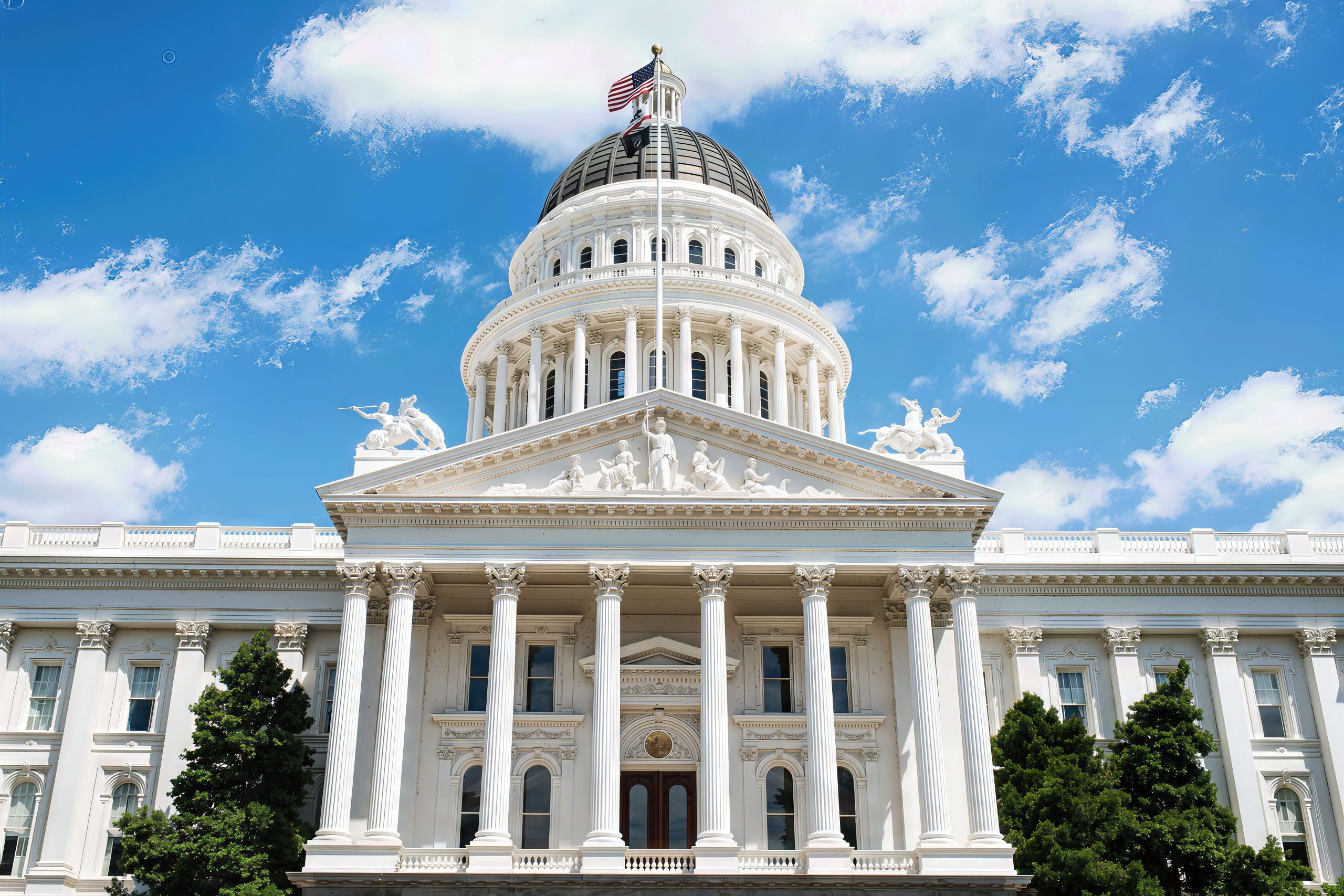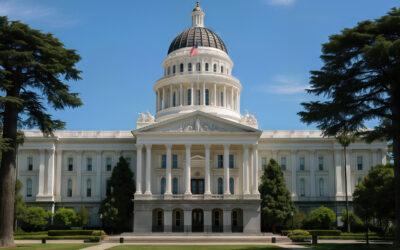California begins 2025 at the center of a high-stakes political and policy environment with significant implications for education leaders across the state. The re-election of Donald Trump has created tension between California’s Democratic Governor/supermajority Legislature and federal policies on issues including immigration enforcement, climate change, and disaster relief. Governor Gavin Newsom and legislative leaders have already convened a special session to secure funding for potential litigation against federal initiatives that may impact state priorities, including the protection of undocumented students and families.
Amid this conflict, California’s education leaders must also navigate an evolving state legislative agenda. A modest state budget surplus provides opportunities for targeted investments, but fiscal caution and competing demands will shape the allocation of resources. The “Big Three” state leaders — Governor Newsom, Assembly Speaker Robert Rivas, and Senate President pro Tempore Mike McGuire — are committed to maintaining California’s leadership on progressive issues, which will influence state education policies and funding.
For school leaders, these broader dynamics translate into pressing challenges and opportunities. From staff shortages and funding pressures to ensuring safe and inclusive campuses, school administrators will need to engage actively with policymakers to advocate for their districts.
10 Issues to Watch in 2025
1) Declining Enrollment and Fiscal Sustainability
While Proposition 98 has recently increased funding for public education overall, its allocation is heavily tied to student attendance. With more than two-thirds of California’s TK-12 school agencies experiencing declining enrollment, that means reduced LCFF allocations for individual districts—even as the statewide total rises.
Most of the recent growth in Prop 98 funding has been directed to fund new state programs: ELOP ($4.4 billion), Universal TK ($3.9 billion), Universal Meals ($2 billion), among others. These are all worthy investments supported by the education community, but they have come at a time when base costs—primarily for staffing—have been stagnant during significant economic inflation.
This creates a disconnect: lawmakers see increased state education funding, but local districts face operational challenges and are issuing layoff notices due to shrinking budgets and skyrocketing fixed costs. A strong, unified advocacy effort is needed on this issue in 2025, especially as 37 new lawmakers take office.
2) Addressing Staff Shortages
Teacher and classified staff shortages directly impact daily school operations. This is particularly urgent in small and rural districts with a limited pool of qualified applicants. With one-time state and federal COVID-era funding now expired, many districts no longer have the resources to retain additional support staff hired during the pandemic.
Since districts cannot raise operational revenue independently, this challenge is statewide. Lawmakers—especially the newly elected—need to hear this story.
3) Federal Resources for Schools
President Trump has signaled interest in eliminating agencies, including the U.S. Department of Education. While challenging to achieve, a more serious conversation is expected around cuts to federal education programs such as Title I. Additionally, proposals may emerge for voucher-like programs that divert public funding to private and religious schools, further straining public school budgets.
4) Immigration Enforcement on School Campuses
California is bracing for potential conflict with the federal government over immigration enforcement. Proposed federal policies could allow immigration officials access to school campuses. In response, California leaders are exploring legislative and legal options to reaffirm schools as safe havens for undocumented students and families.
5) Mitigating Fiscal Impacts of SAM Claims (AB 218)
The growing liability from sexual abuse claims under AB 218 poses serious financial risks to school districts. A forthcoming FCMAT report will inform discussions on limiting impacts. Settlements that drive districts into bankruptcy could force costly state takeovers and disrupt communities. Lawmakers may also consider whether a significant portion of these awards—often going to attorneys—should be limited, although powerful lobbying interests are likely to oppose such efforts.
6) Governor’s Master Plan for Career Education
Though no final Master Plan for Career Education exists yet, the Governor continues to prioritize it, with over $100 million in the January budget for its development. Tensions are expected to arise as the Legislature and Governor work to align on its direction.
7) Ethnic Studies Mandate
A 2021 law requires all high schools to offer Ethnic Studies starting in 2025–26—provided funding is allocated. So far, no funding has been appropriated. However, key legislators are likely to push for it in the budget process, setting up a politically charged debate.
8) Non-Classroom-Based Charter School Reform
After being delayed by the pandemic, reforms to non-classroom-based (NCB) charter schools are expected to resurface in 2025. While supporters seek accountability and funding fairness, critics worry reforms could limit educational alternatives. The Governor may choose to sidestep the issue or engage, balancing interests between labor and charter school advocates.
9) Social Media Impacts on Students, Mental Health Initiatives
Student mental health remains a top priority, with rising anxiety, depression, and self-harm linked to social media. Lawmakers are likely to propose legislation to expand school-based mental health services, introduce digital literacy curricula, and regulate harmful online content aimed at youth.
10) Accountability Reform and Bureaucratic Streamlining
Efforts to simplify school accountability systems are expected to continue, especially for small and rural districts burdened by complex reporting requirements like the LCAP. Proposals will likely aim to reduce paperwork, streamline data collection, and focus more on student outcomes.
Conclusion
As these debates unfold in Sacramento and Washington, local education leaders must actively engage with policymakers and communities. Your voice matters in shaping decisions that affect schools across California.
As the recent budget proposal from Governor Newsom shows, there’s reason for optimism—and much work ahead. We look forward to tackling these challenges with you in the coming year.




0 Comments